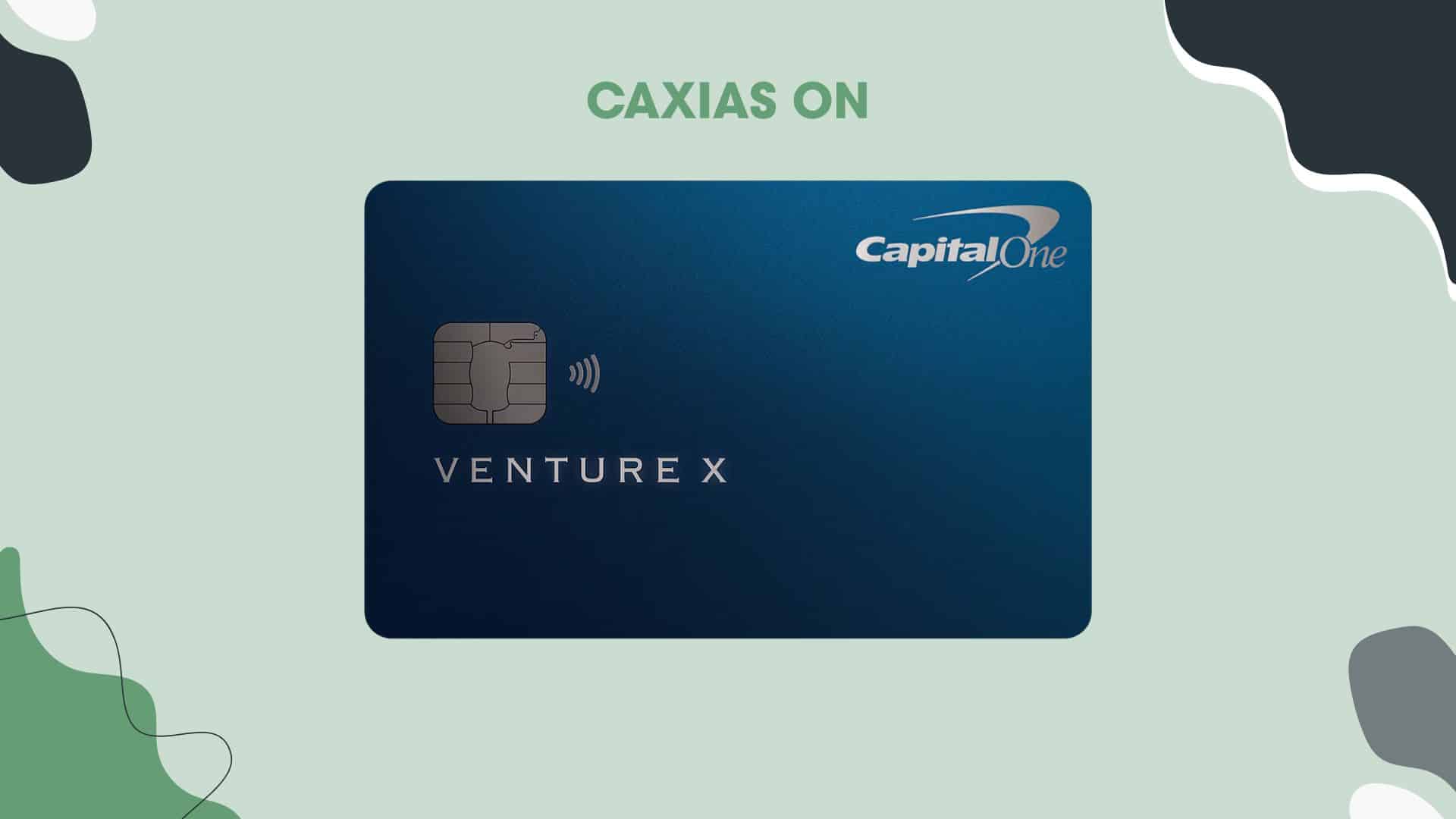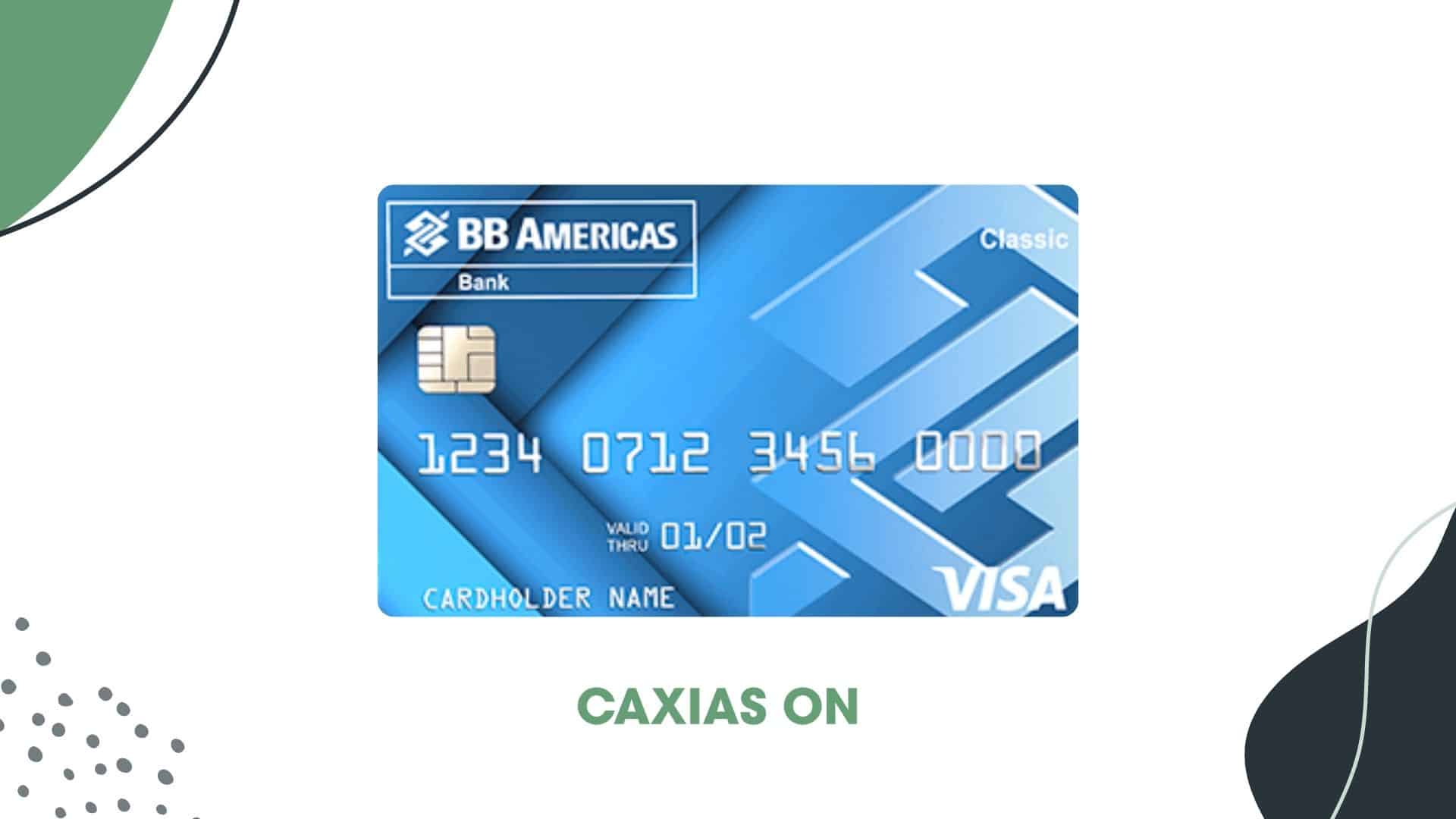Planning for retirement is essential to achieving long-term financial freedom. In both the U.S. and Canada, tax-advantaged savings accounts help individuals grow their investments and reduce their tax burden. However, selecting the right account requires understanding the unique features and limitations of each one.
This guide compares four widely used savings plans: the American 401(k) and IRA, and the Canadian RRSP and TFSA. Though they share a common goal—supporting your retirement—they differ in how contributions, taxes, and withdrawals are handled.
401(k): Workplace Savings With Employer Support

The 401(k) is a retirement plan offered by U.S. employers, allowing workers to contribute pre-tax income. These contributions reduce taxable income and grow tax-deferred until withdrawal, providing significant long-term benefits. Employees can typically invest in mutual funds, stocks, and bonds through this plan.
A major advantage of the 401(k) is employer matching, where companies add funds based on your contributions. This match can accelerate your savings dramatically. However, early withdrawals before age 59½ usually come with a 10% penalty plus income tax, limiting flexibility.
IRA: Personalized Retirement Flexibility
The Individual Retirement Account (IRA) is ideal for individuals seeking more control over their savings. Unlike the 401(k), an IRA is not employer-sponsored and offers more investment options. There are two main types: Traditional and Roth. With a Traditional IRA, contributions may be tax-deductible and earnings grow tax-deferred.
Roth IRAs, on the other hand, involve after-tax contributions but allow tax-free withdrawals during retirement. Contribution limits are lower than for a 401(k), but the flexibility and tax planning potential make IRAs a valuable part of any retirement strategy.
RRSP: Canada’s Equivalent to the 401(k)
The Registered Retirement Savings Plan (RRSP) in Canada operates similarly to the 401(k). Contributions are made with pre-tax income and reduce the individual’s taxable income for the year. Investments within the account grow tax-deferred until withdrawn.
RRSPs are available to both employees and self-employed individuals. Contribution room accumulates over time, and the funds can be withdrawn early for specific purposes, such as education or buying a first home, without penalties—an option that adds strategic flexibility.
TFSA: Tax-Free Growth Without Income Impact
The Tax-Free Savings Account (TFSA) is another Canadian tool that supports retirement savings, though it also serves general financial goals. Contributions are made with after-tax dollars, and all earnings—whether interest, dividends, or capital gains—are completely tax-free at withdrawal.
Unlike the RRSP, TFSA withdrawals do not count as income and won’t affect eligibility for government benefits. Additionally, any withdrawn amount can be re-contributed in future years. These features make the TFSA especially appealing for younger savers or those seeking more accessible retirement reserves.
Choosing the Best Plan for Your Needs
Each account has specific strengths. The 401(k) and RRSP work well for reducing taxable income now and deferring taxes until retirement. IRAs offer flexibility and choice, while TFSAs provide tax-free growth and unmatched withdrawal freedom. Here’s a brief summary:
- 401(k): Pre-tax, employer match, high limits, limited investments
- IRA: Traditional or Roth, flexible options, lower limits
- RRSP: Pre-tax, income-based limits, long-term focus
- TFSA: After-tax, tax-free withdrawals, recontribution allowed
Before choosing the right account, take time to assess your income level, career trajectory, and projected financial needs during retirement. These factors will determine how much flexibility, growth, or tax deferral is most beneficial in your case. Smart decisions made today are what ultimately lead to lasting financial freedom tomorrow.
Final Thoughts on Building a Retirement Plan
Crafting a successful retirement strategy involves more than just saving money—it requires intention, discipline, and adaptability. Begin as early as possible, contribute consistently, and review your plan regularly to adjust for life changes or market shifts.
By understanding how each account type supports your financial goals and combining them strategically, you can build a stable and flexible foundation for retirement. This balanced approach helps reduce risks, increase returns, and improve your overall peace of mind.




